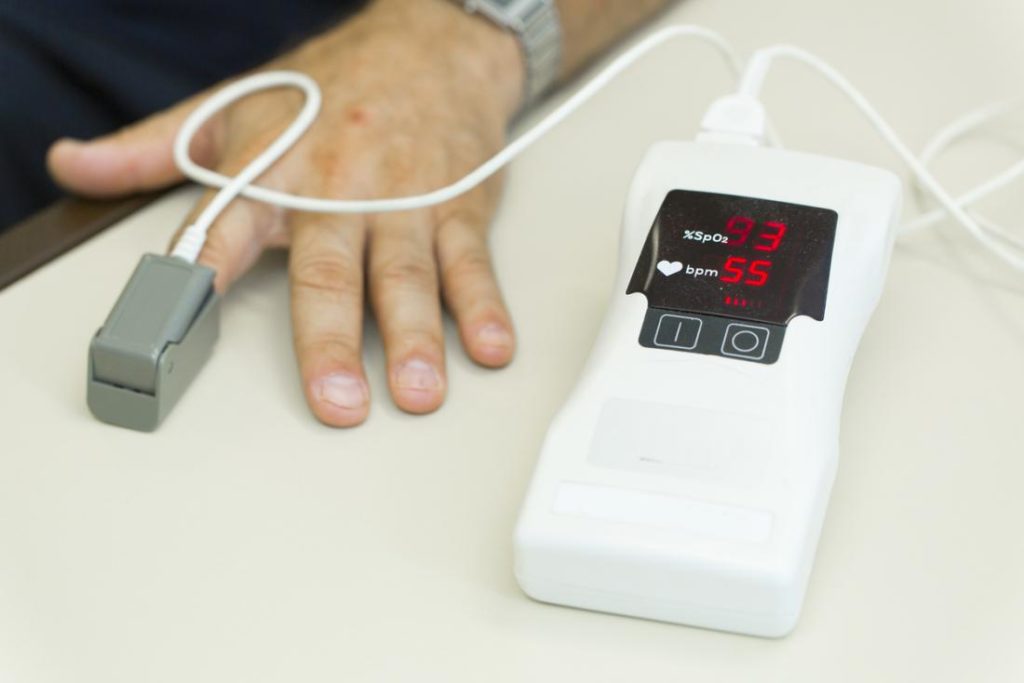
Pulse oximetry is a method that measures the levels of oxygen in your blood, as you can see here. It’s not invasive and it won’t cause you any pain as it’s done through a handy piece of technology called a pulse oximeter.
This process can detect oxygen in your blood, as well as how it’s being carried. People with health issues as well as people in sports use it often.
What is a Pulse Oximeter?
The pulse oximeter is a clip-like device that measures oxygen levels in patients and it’s become a really common monitoring device.
It works by monitoring the levels of oxygen of your hemoglobin. It does not give you information on the levels of hemoglobin, levels of oxygen in your tissue or anything similar, but it can help you find deviations from your baseline. This way, you can prevent any further issues that may happen.
It serves doctors and regular people alike, especially since you can get it and have it with you at home.
However, not many people are aware of how it works and what it can do.
The Purpose of Pulse Oximeters
As mentioned, they measure how well your heart can pump oxygen to the rest of your body. It’s often used to monitor patients with:
- Asthma
- Lung Cancer
- Heart attack
- Anemia
- COPD
- Pneumonia
Plus, it can be used for some other conditions as well. Pulse oximeters are often used to check if the medicine is working, to check if someone could use some help with breathing, monitor oxygen after surgery, how capable someone is of doing more physical activities, see if someone has sleep apnea and so on.
How Pulse Oximeters Work
A pulse oximeter is a small device that looks like a clamp. You or a medical professional would put it on your finger, your toe or possibly your earlobe. Then, the device would pass beams of light through your blood and this way, measure the amount of oxygen that exists there.
In essence, it measures how light is absorbed in the blood that is saturated with oxygen and blood that’s desaturated with oxygen.
This process will not cause you any pain since it’s not invasive in any way. It will also show you your heart rate.
Medical facilities have this device on hand if they need it but you can also have it at home. In fact, most doctors will recommend it if you have a medical condition. In that case, you would probably get it from medical equipment providers such as this one: http://www.masimopersonalhealth.com
This device is usually very accurate. Especially so when you use high-quality equipment. A good device provides consistent results with only a two percent difference. So, if your oxygen level is 74 percent, your oxygen saturation really is anywhere between 72 and 76 percent.
The accuracy can be impacted with nail polish, temperature or movement. So, everything has to be taken into account. Ideally, upwards of 89% of your blood cells will carry oxygen. This is a healthy level. Anything below this level will not cause serious damage if it only appears for a short while, but it will cause damage if it happens for a longer amount of time.
When your test is over, the doctor will read your results right away. The readings will help your doctor determine whether or not you need any extra treatment or any extra tests. If you have a pulse oximeter at home, then your healthcare provider will let you know how often to test, when to write down the results and what to watch out for.







Speak Your Mind